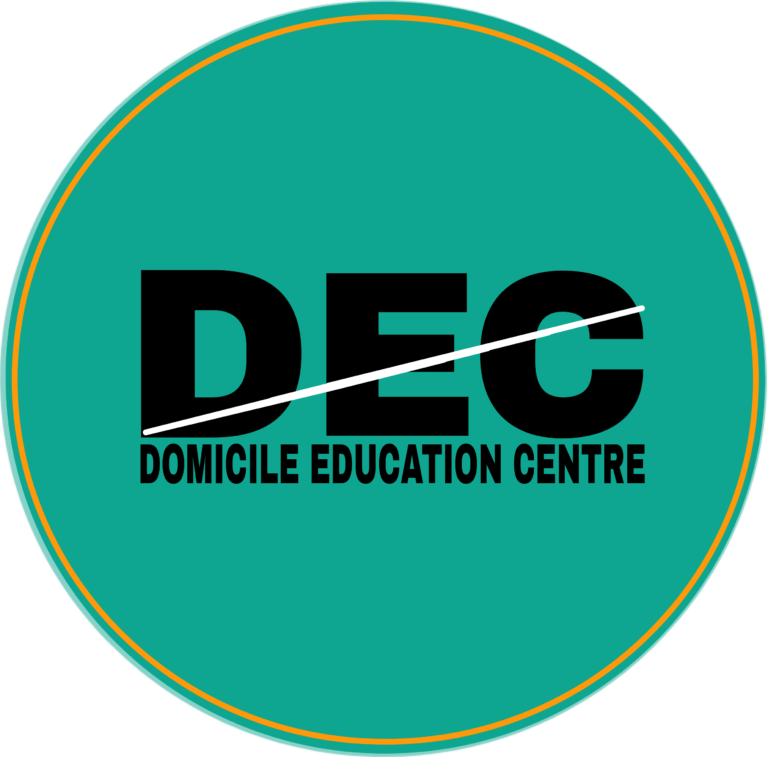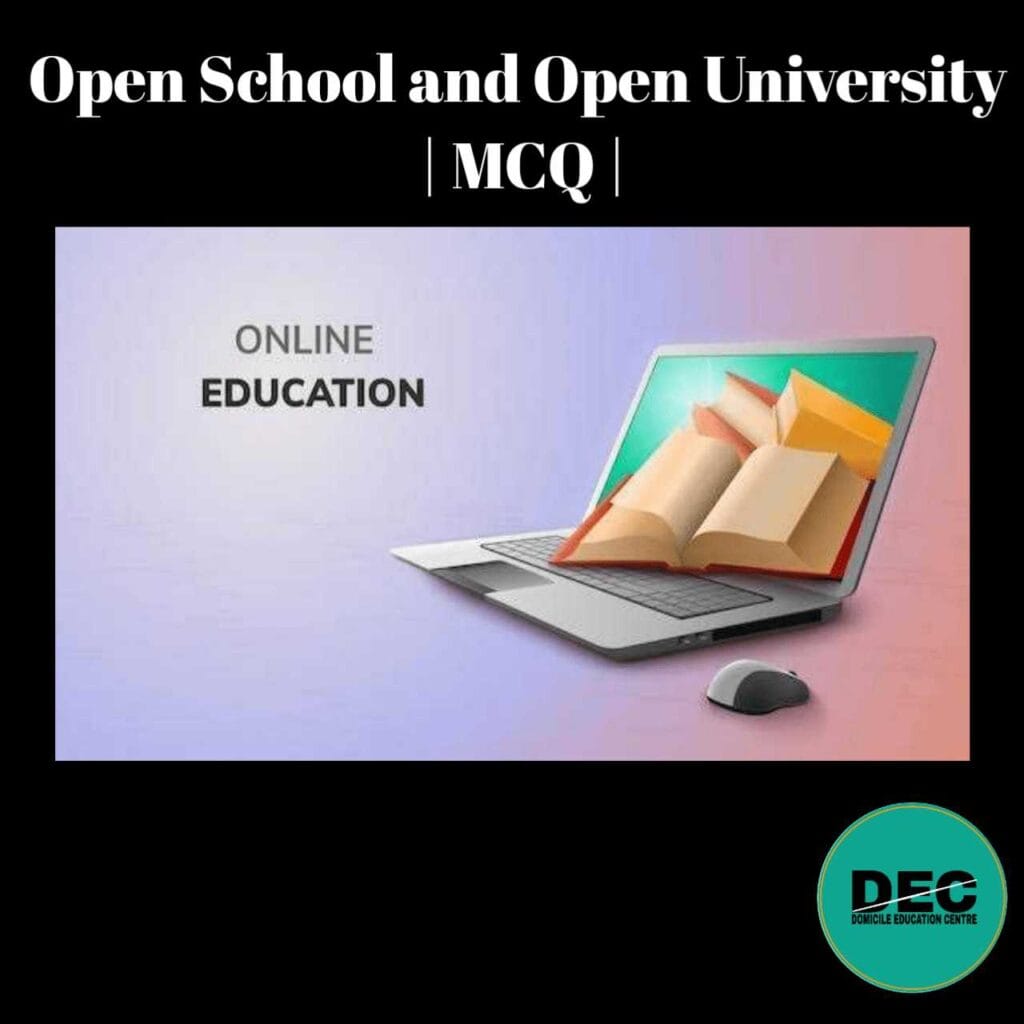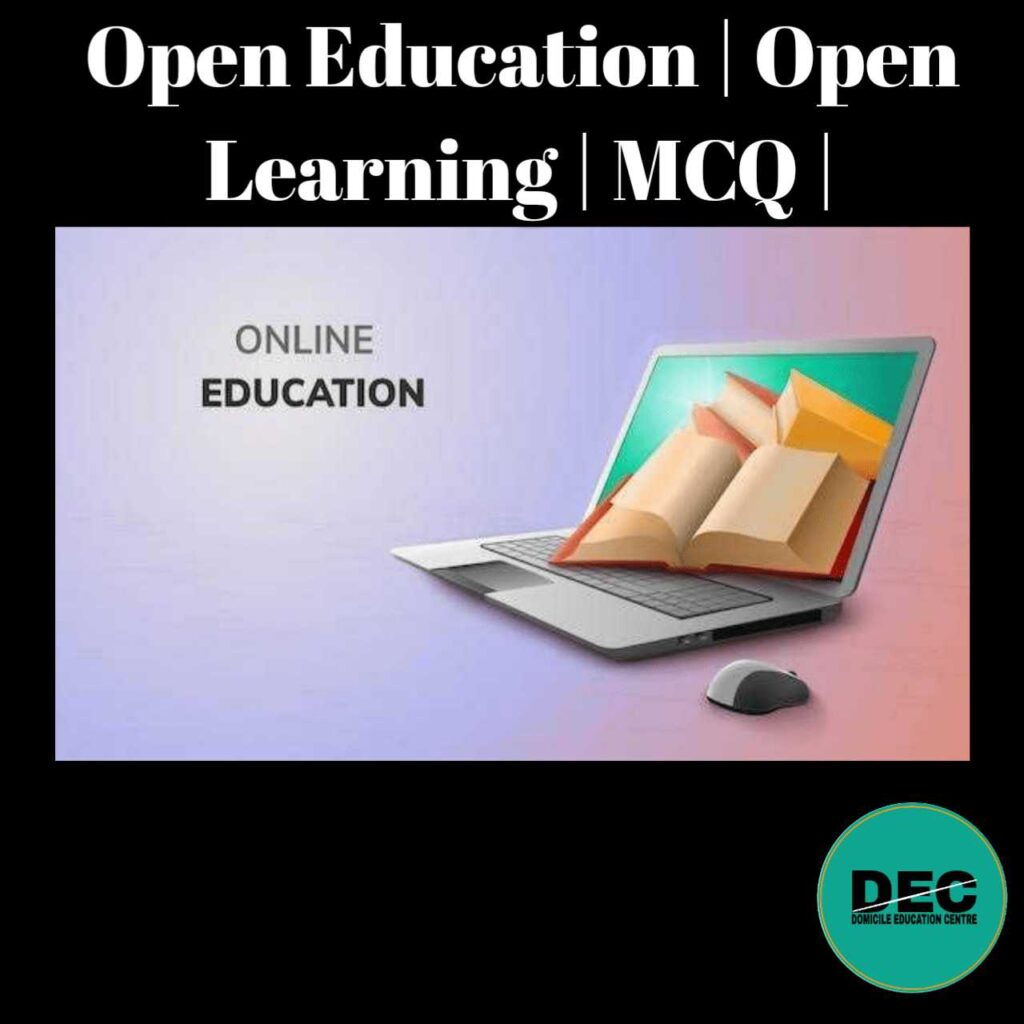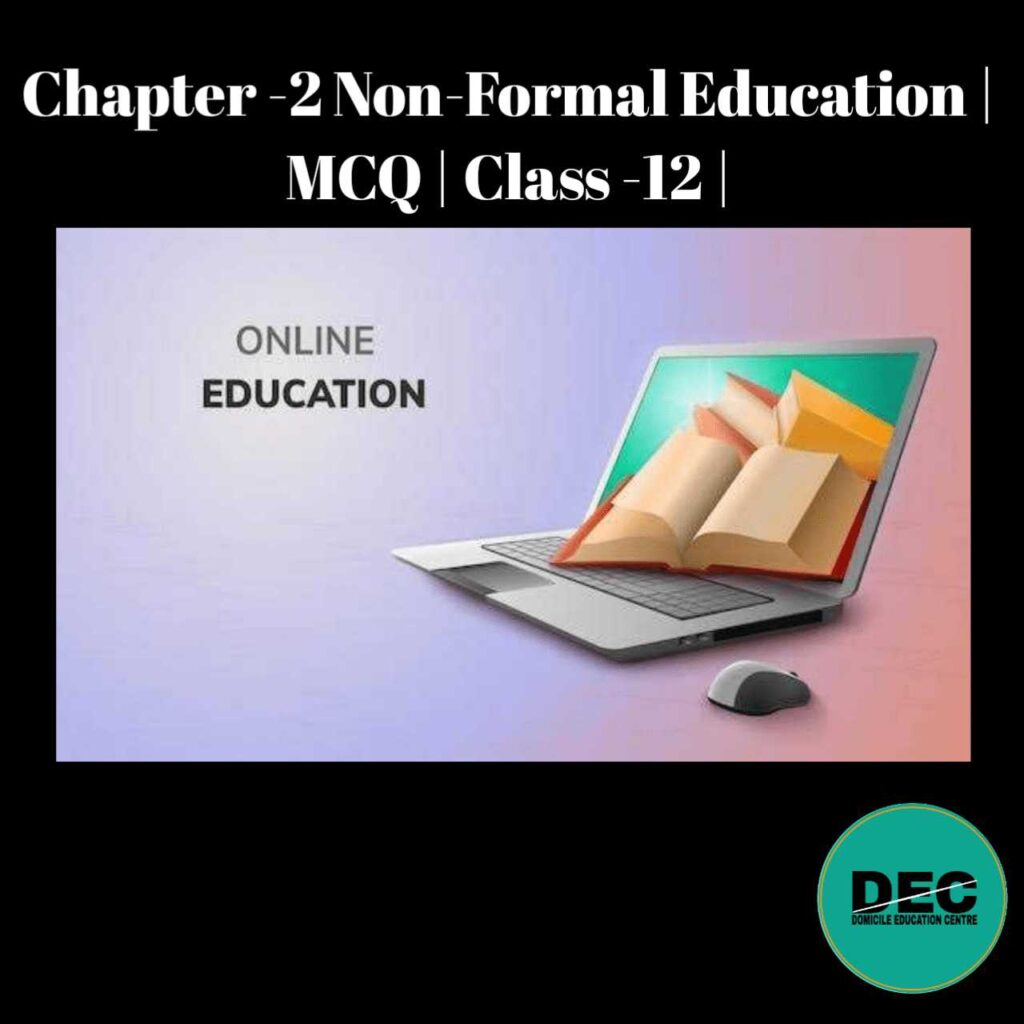Open School and Open University | MCQ |

Open School and Open University
MCQ
Here You will find out all MCQ related to Open School and Open University.
1. Open Schooling is most helpful for:
A. Only school children
B. Only government employees
C. Scientists
D. Working professional and dropouts
Ans: Option D. Working professional and dropouts
2. What is the main aim of open schooling?
A. To conduct only offline classes
B. To limit student enrolment
C. To offer flexible learning options
D. To restriction education to urban areas
Ans: Option C. To offer flexible learning options
3. Which of the following is the largest open schooling system in India?
A. ICSE
B. NCERT
C. CBSC
D. NIOS
Ans: Option C. NIOS
4. Open schooling provides:
A. Compulsory uniforms
B. No examinations
C. Flexible time, place and pace of learning
D. Fixed classroom schedule
Ans: Option C. Flexible time, place and pace of learning
5. Open schools mainly use which mode of instruction?
A. Radio and Television
B. Printed lessons and online content
C. Audio-taps
D. All of the above
Ans: Option D. All of the above
6. Which body governs NIOS in India?
A. State government
B. UGC
C. Ministry of Finance
D. Ministry of Education (MoE)
Ans: Option D. Ministry of Education (MoE)
7. A student fails in regular board exam. He can continue education through:
A. University only
B. Employment
C. Private tuitions
D. Open school system
Ans: Option D. Open school system
8. Open education promotes:
A. Limited course choices
B. Only textbook based learning
C. Learning for all ages
D. Fixed academic calendar
Ans: Option C. Learning for all ages
9. NIOS is an example of:
A. Informal education
B. Formal education
C. Open schooling
D. Vocational training course
Ans: Option C. Open schooling
10. NIOS was established in ______.
A. 1789
B. 1889
C. 1989
D. 1986
Ans: Option C. 1989
11. The open schooling offers:
A. Only science subject
B. Only technical courses
C. Only vocational course
D. A variety of academic and vocational subjects
Ans: Option D. A variety of academic and vocational subjects.
12. Open schooling supports:
A. Life-long and inclusive education
B. Rigid curriculum
C. Education for children only
D. Exclusive exams for selected students
Ans: Option A. Life-long and inclusive education
13. Which of the following is a characteristic of open schooling?
A. Fixed time table
B. High fees
C. Compulsory classroom attendance
D. Learner-centred approach
Ans: Option D. Learner-centred approach
14. Which of the following is NOT true about open schooling?
A. It is rigid time table
B. It offers distance learning
C. It provides flexibility in subject choice
D. It allows students to learn at their own pace
Ans: Option B. It offers distance learning
15. What is a major benefit of open schooling?
A. Self-paced learning
B. Compulsory uniform
C. Fixed study schedule
D. High cost of education
Ans: Option A. Self-paced learning
16. Open schooling helps in promoting:
A. Alite education
B. Private coaching centres
C. Only traditional education
D. Equal opportunities for learning
Ans: Option D. Equal opportunities for learning
17. The open school at Delhi has started its activities in:
A. 1879
B. 1889
C. 1979
D. 1986
Ans: Option C. 1979








Recent Comments